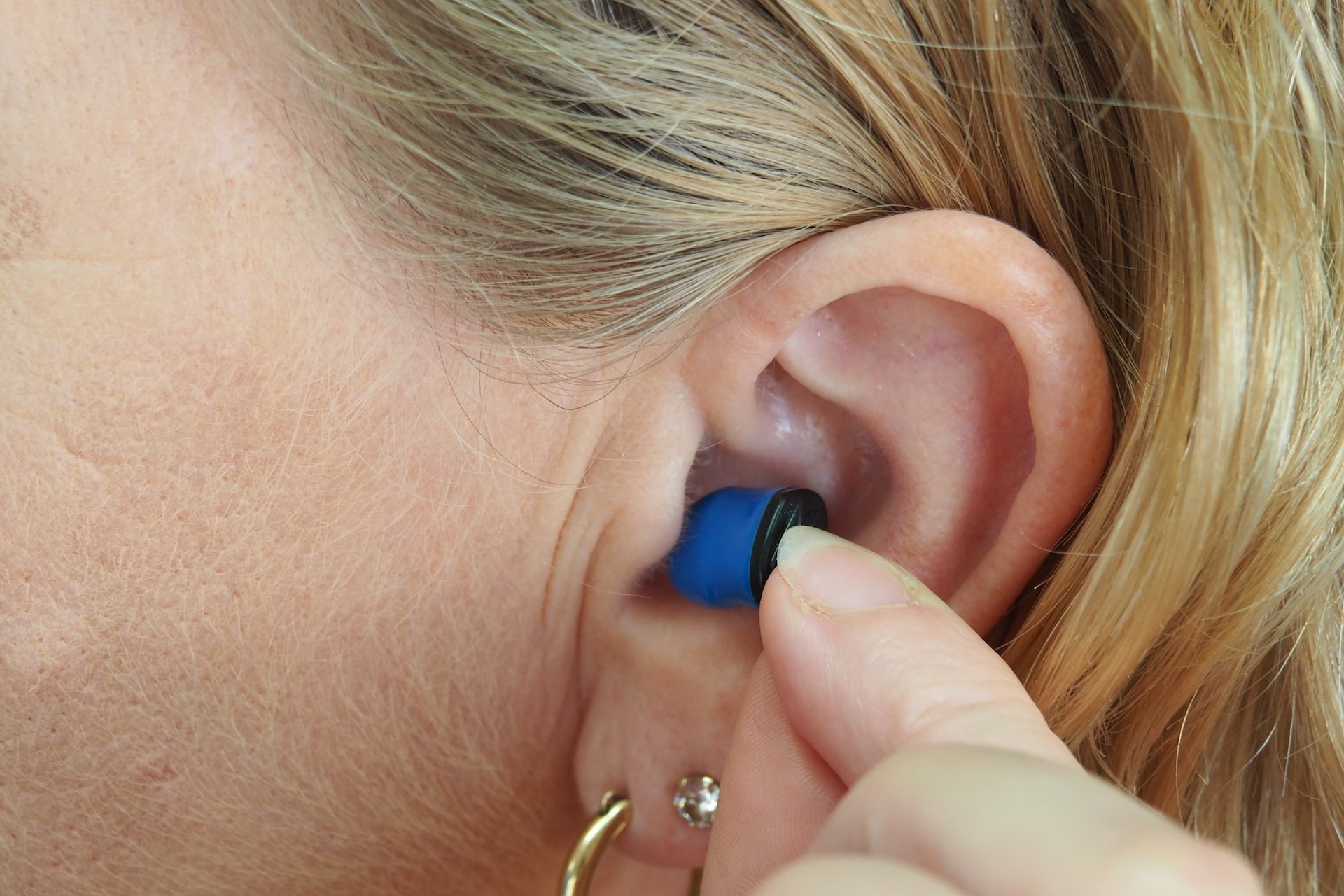
The Basic Functions of Hearing Aids
If you wonder how hearing aids work, you’ve come to the right place. These devices mimic hearing through a microphone that picks up sound and converts it to an electrical signal. This electrical signal travels through several components, including an amplifier, to increase the volume.
Finally, it comes to a receiver that changes the electrical signal into sound, which it sends to the patient’s ears. In the inner ear, hair cells convert the vibrations of sound into nerve signals that are then picked up by the brain. Hence, hearing aids are designed to mimic the hearing process, not replace it.
In the canal
How hearing aids work in the canal depends on where the speaker is placed. In traditional behind-the-ear hearing aids, like CIC Hearing Aids for example, the speaker is located inside the hard case. In receiver-in-the-canal hearing aids, the speaker is located inside the ear canal, and the device is attached to an electrical cable that runs between the receiver and the hearing aid. These devices also require regular maintenance and cleaning and can be more discreet than traditional hearing aids.
Another type of hearing aid, known as an in-the-canal hearing device, is an invisible device. This device sits deep inside the ear canal and is virtually unnoticeable by others. Because of the smaller size, it is not recommended for people with profound hearing loss. In-the-canal devices can be used by men and women and are entirely invisible. However, they can only be worn in one ear.
In the ear
Hearing aids, like these phonak audeo lumity hearing aids, are an essential part of assistive technology for people with hearing loss. These devices send helpful information to the central nervous system, which activates the hearing cells. Without the aid, a person’s voice may lose power by as much as 20 decibels when it travels from one ear to the other. As a result, background noise can interfere with speech and different sounds. Hearing aids use special circuitry to work in the ear to overcome this problem.
The main components of a hearing aid are a small microphone and an amplifier. These microphones collect sound in the environment and send them to a computer chip with an amplifier. The computer chip analyzes the sound level and then adjusts the intensity based on the listener’s hearing loss. The amplifier converts the amplified signals into sound waves and sends them to the ears through a small tube. These hearing aids vary in price, size, and special features, but all have the same basic function.
Wireless connectivity
When shopping for a new hearing aid, you might wonder if wireless connectivity is available. You can stream acoustic signals directly to your hearing aid without wires with a wireless connection. For example, the hearing aid you got through earpros.com can connect to your mobile phone over WiFi or Bluetooth. This feature eliminates the need to repeat a phone call or blast the television volume to full. Ultimately, wireless connectivity for hearing aids improves the quality of life for people with hearing loss.
The latest Bluetooth technology for hearing aids is available in various accessories and models. It’s a Bluetooth device that also features the latest technology for better speech intelligibility in background noise. It also features real-time voice-to-text transcription and remote support via intelligent apps. These accessories add convenience and performance to the hearing aid experience.
Telecoils
Many people wonder if telecoils in hearing aids will improve their hearing. Of course, they can, and they’re a relatively inexpensive option. Telecoils in hearing aids add no cost, take up minimal space, and have been shown to improve overall hearing quality. Despite the cost, stigma can also make some people hesitate to seek help for their hearing issues. However, telecoils can make all the difference.
First, telecoils are small antennas built into hearing aids. These devices are standard equipment in cochlear implants and most hearing aids. However, many hearing aid users don’t know if they’ve got one because they weren’t discussed during the first visit to the hearing specialist. A hearing aid with a telecoil is like a wireless antenna attached to the sound source. This allows you to receive a highly personalized audio experience, regardless of what background noise or interference is present.
Child-safe battery door lock
To prevent a child from removing a hearing aid’s battery, look for a child-safe battery door lock. An adult can open the doors of hearing aids with a small screwdriver. However, children can choke and suffocate on batteries, so these devices should be kept out of reach. Fortunately, many manufacturers now include a child-safe battery door lock.
A child-safe battery door lock for hearing aids works by enlarging a small hole in the casing or battery door. When the battery door is closed, a flexible locking latch extends from either the casing or the battery door. This latch must turn around the path it moves to lock the battery cover. An external force, such as a child’s or a person’s body weight, must overcome the force of the latch to move it open.
